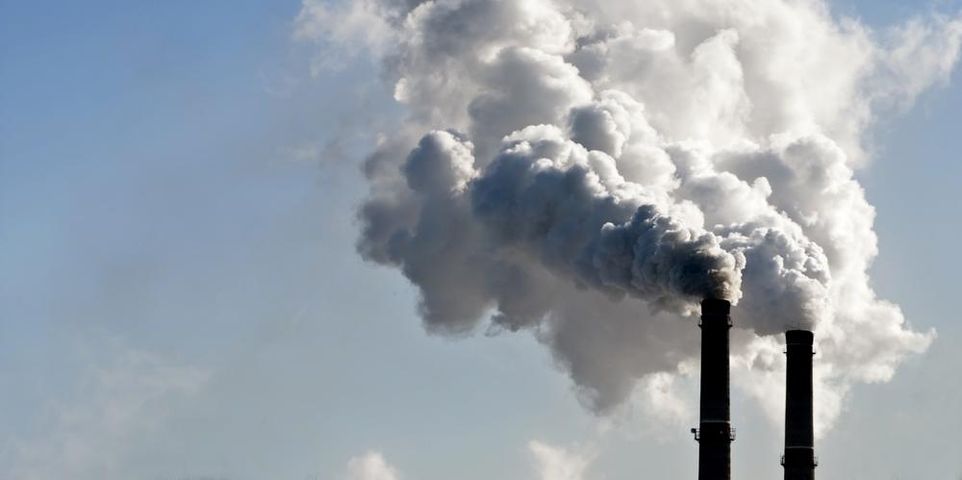Understanding Air Permits & the Clean Air Act

In 1963, the United States Congress passed one of the country’s first laws designed to protect the environment: the Clean Air Act. The law aimed to safeguard Earth’s atmosphere from the pollutants released during certain processes, such as waste burning or factory production. Today, anyone engaged in those activities must obtain air permits that dictate how they should perform their work to comply with U.S. law. Here’s a brief summary of who needs these permits and how to comply with their regulations.
A Guide to Air Permits
Who Needs Them
 Any company or person engaged in work that produces a certain amount of pollutants must get a permit. The threshold is 100 tons of emissions per year. This is the basic requirement, but there are other circumstances in which someone will need to obtain a permit; for example, if the air pollutants are hazardous, the threshold is lowered to 10 tons per year. Most enterprises that involve incinerating waste also require permits. To confirm whether you need one, check the Environmental Protection Agency’s website for more details.
Any company or person engaged in work that produces a certain amount of pollutants must get a permit. The threshold is 100 tons of emissions per year. This is the basic requirement, but there are other circumstances in which someone will need to obtain a permit; for example, if the air pollutants are hazardous, the threshold is lowered to 10 tons per year. Most enterprises that involve incinerating waste also require permits. To confirm whether you need one, check the Environmental Protection Agency’s website for more details.
How to Keep Them
Permit holders are required to comply with specific regulations to cut down on the amount of pollution they produce. For example, the owner of a dirt road is required to put water on the road at regular intervals to keep dust at bay. Government agencies will also monitor the permit holder to ensure they meet all regulations for as long as they’re engaged in the activity.
For help obtaining and keeping an air permit, contact the experts at Shield Environmental Associates in Lexington, KY. The team at this company has over 40 years of combined experience assisting in everything from environmental site assessments to air testing, sewage treatment, and more. Once you have your permit, they can help you adhere to the regulations that will let you keep it. Learn more today by visiting them online or calling (859) 294-5155 to schedule an appointment.
About the Business
Have a question? Ask the experts!
Send your question

